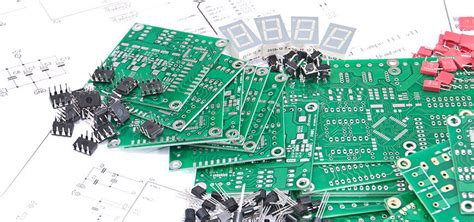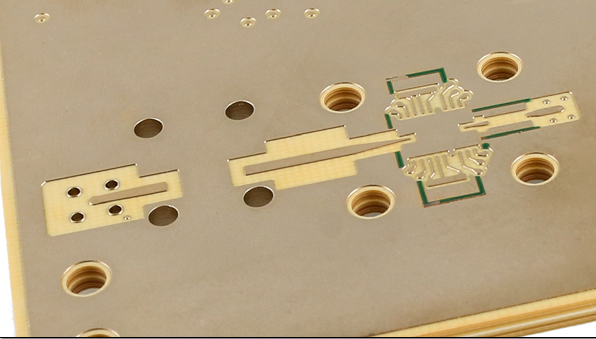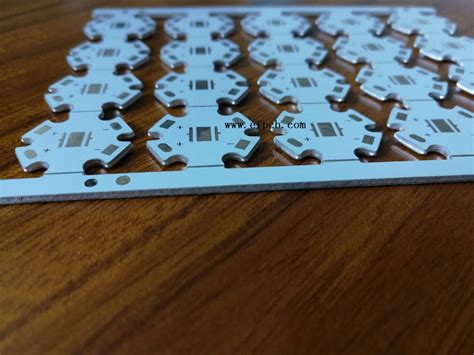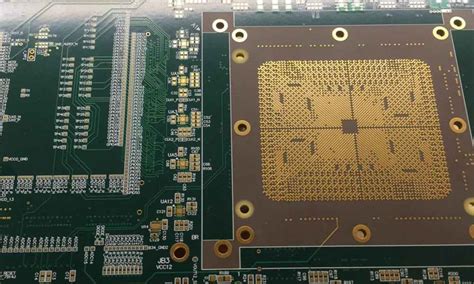Efficient PCB Electronic Assembly Techniques for Modern Applications

Key Takeaways
In today’s fast-paced electronics industry, mastering PCB assembly techniques is crucial for achieving high efficiency and reliability. The evolution of PCB electronic assembly has led to the development of various advanced methodologies that streamline the process. One significant takeaway is the importance of incorporating automation into PCBA workflows, which not only reduces human error but also enhances throughput. Additionally, prioritizing quality control measures throughout the assembly process ensures that the final product meets stringent reliability standards. As modern applications demand increasingly complex designs, exploring innovations such as surface mount technology and integrated production systems can significantly impact the effectiveness of your PCB assembly operations. > "Embracing automation in PCB assembly can transform your production line into a model of efficiency and precision." By focusing on these best practices, manufacturers can optimize their PCBA processes and stay competitive in a rapidly evolving market.

Introduction to PCB Electronic Assembly
The process of PCB assembly is a critical phase in the development of electronic devices, serving as the backbone for almost all modern technological applications. At its core, PCBA (Printed Circuit Board Assembly) involves the meticulous integration of electronic components onto a circuit board, enabling the functionality of various devices. This process not only enhances performance but also assures longevity and reliability, which are crucial in contemporary electronics.
In today’s fast-paced tech landscape, efficiency in PCB assembly has become paramount. Manufacturers are increasingly focused on optimizing their workflows to meet the rising demand for high-quality electronic products. Adopting advanced techniques such as surface mount technology (SMT) and through-hole mounting ensures that components are placed with precision and speed, thereby reducing turnaround times significantly.
The incorporation of automation in these processes has revolutionized PCBA, enabling manufacturers to achieve consistency and minimize errors in component placements. Equipment such as pick-and-place machines and automated optical inspection systems play a pivotal role in enhancing production efficiency while maintaining stringent quality control standards.
Understanding the key components and materials involved in PCB electronic assembly is essential for implementing best practices that guarantee optimal results. From selecting appropriate substrates to understanding soldering methodologies, every aspect influences the overall effectiveness of the assembly process.
This foundational knowledge not only facilitates advancements in current projects but also paves the way for innovative practices that can keep pace with evolving technological demands. In summary, grasping the core elements of PCB assembly empowers manufacturers to embrace strategies that ensure their processes are both efficient and reliable in servicing modern applications.
Key Components and Materials in PCB Manufacturing
In the field of PCB assembly, understanding the key components and materials is crucial for achieving high-quality results in the assembly process. The primary building blocks of a printed circuit board assembly (PCBA) include various types of substrates, conductors, and components that work together to create functional electronic systems. The substrate material, often made from FR-4 or CEM-1, serves as a foundational layer that supports electronic components while providing insulation. Next, copper is an essential component used for creating electrical pathways on the PCB surface; its conductivity ensures that signals can efficiently travel throughout the assembly.
Moreover, the choice of passive components like resistors, capacitors, and inductors is vital in defining circuit behavior and overall performance. Each of these components can significantly impact the reliability and efficiency of the final product. On the other hand, active components such as microcontrollers and integrated circuits play a pivotal role in processing information within electronic applications.
Additionally, selecting the right solder materials is critical during the manufacturing stage; lead-free solder options are becoming increasingly popular due to their environmental benefits while still ensuring robust connections. Other materials like adhesives may also be used for component attachment to enhance durability under various operating conditions.
By understanding these fundamental elements within PCB manufacturing, engineers can make informed decisions that contribute to streamlined production processes and robust products capable of meeting modern technological demands. Employing advanced strategies effectively hinges on a keen insight into these key components and materials alongside their compatibility with various assembly techniques.
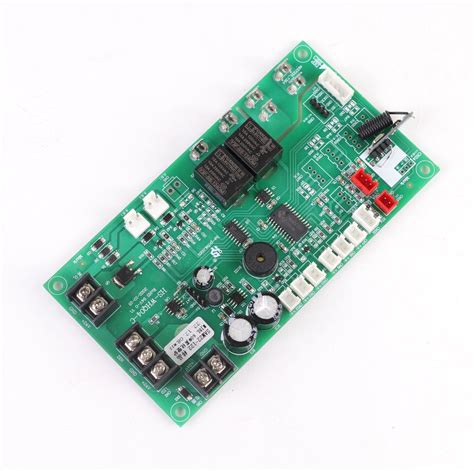
Advanced Techniques for Efficient Assembly
In the rapidly evolving field of PCB assembly, advanced techniques are crucial for enhancing both efficiency and reliability. One innovative approach is the implementation of surface mount technology (SMT), which allows for higher component density and reduces the overall footprint of the printed circuit board (PCB). By utilizing smaller components, manufacturers can not only fit more functions onto a single board but also improve the performance characteristics of the final assembly. Another significant advancement is the use of automated pick-and-place machines, which dramatically increase production speed while minimizing human error during the PCBA process. Furthermore, incorporating reflow soldering techniques ensures a tighter bond between components and PCBs, thus enhancing overall durability and efficiency in electronic devices. Additionally, adopting a modular design approach enables easier modifications and scaling during production, fostering adaptability in an ever-changing market landscape. It is essential for manufacturers to invest in employee training regarding these advanced techniques, as proper understanding and execution can lead to significant reductions in production time and waste, while also improving the quality of assemblies. With these strategies in place, businesses can optimize their pcb assembly workflows and stay competitive in modern applications.
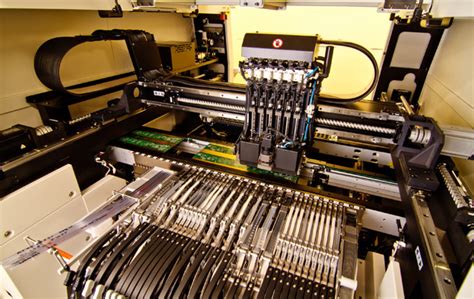
Automation in PCB Electronic Assembly Processes
The integration of automation in PCB assembly processes has revolutionized the way electronic components are manufactured and assembled. By employing automated systems, companies can significantly enhance the efficiency of their PCBA lines, reducing both production time and costs. Automated pick-and-place machines, for example, are capable of precisely positioning components onto printed circuit boards with remarkable speed and accuracy. This minimizes human error and ensures consistency across large batches, which is vital for high-quality PCBA.
Additionally, automating processes such as soldering and inspection further streamlines operations. Advanced technologies like selective soldering and automated optical inspection systems not only improve the reliability of the assemblies but also allow for real-time monitoring of the production process. This proactive approach enables manufacturers to identify potential issues before they escalate, thus maintaining high standards for both quality and efficiency.
Moreover, data analytics plays a crucial role in optimizing automation in PCB electronic assembly. By collecting data from various stages of the production process, manufacturers can identify trends and inefficiencies that can be addressed to improve overall performance. This data-driven strategy empowers companies to make informed decisions that enhance their workflows and ultimately lead to more reliable assemblies in today’s competitive market.
In summary, embracing automation in PCB assembly processes fosters innovation and efficiency, paving the way for advancements that meet the demanding standards of modern applications.
Quality Control Measures for Reliable Assemblies
In today’s competitive landscape, implementing effective quality control measures is crucial for ensuring the reliability of pcb assembly processes. These measures go beyond mere inspection; they encompass a systematic approach that integrates testing at various stages of the production cycle. For instance, utilizing automated optical inspection (AOI) can significantly enhance the detection of potential defects during the pcba process. This technology allows for real-time monitoring and immediate corrective actions, preventing flawed assemblies from proceeding down the line. Additionally, statistical process control (SPC) techniques can be employed to analyze data from assembly processes, providing insights into variations and trends that may affect quality outcomes. Regular audits and compliance checks further reinforce the commitment to quality, ensuring that every component meets established standards before proceeding to assembly. Furthermore, engaging in continuous training for personnel involved in pcb electronic assembly can foster a culture of quality awareness. By emphasizing best practices and instilling a sense of responsibility among team members, organizations can significantly reduce error rates and enhance overall efficiency. Thus, effective quality control measures not only safeguard the integrity of individual assemblies but also contribute to sustained operational excellence in today’s evolving technology landscape.
Innovations Shaping the Future of PCB Assembly
The landscape of PCB assembly is undergoing significant transformation, driven by innovations that promise to enhance productivity and precision. One of the most promising advancements is in the realm of automated assembly techniques, which utilize robotics and sophisticated algorithms to increase the speed and accuracy of the assembly process. This shift towards automation not only reduces the likelihood of human error but also streamlines workflows, enabling companies to scale up production without sacrificing quality. Moreover, advancements in surface mount technology (SMT) have further optimized PCBA processes, allowing for denser layouts and greater miniaturization while maintaining reliability. Integration of smart manufacturing principles, such as the Internet of Things (IoT), also plays a crucial role in monitoring and managing workflow efficiencies in real-time. By utilizing data analytics and machine learning algorithms, manufacturers can identify potential bottlenecks before they hinder production. With these emerging technologies, the future of PCB assembly looks promising as businesses adapt to meet the demands of modern applications while continuously improving efficiency and ensuring high-quality output.
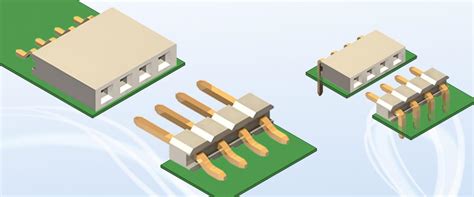
Best Practices for Optimizing Your Assembly Workflow
In the fast-paced world of PCB assembly, efficiency and reliability are paramount. To achieve these goals, it is essential to implement best practices that streamline the pcba process while maintaining high-quality standards. First and foremost, planning constitutes a pivotal aspect of optimizing workflow; a well-organized assembly line can significantly reduce lead times. This includes a thorough layout of equipment, ensuring that all necessary tools are within reach to minimize unnecessary movement. Additionally, adopting modular design strategies allows for easier updates and integrations of new components, which can ultimately enhance the versatility of the PCB electronic assembly process.
Moreover, leveraging automation technologies such as robotic assembly and advanced soldering techniques can greatly improve accuracy and speed. By utilizing automated systems for repetitive tasks, manufacturers can focus human resources on more complex functions that require critical thinking and problem-solving skills. It is also vital to ensure that quality control measures are integrated throughout the assembly workflow to promptly identify defects before they escalate.
Training staff on best practices is another critical factor; well-informed employees who understand the intricacies of pcba processes tend to operate more efficiently and make fewer mistakes. Lastly, embracing a culture of continuous improvement through regular feedback loops will not only help in optimizing existing workflows but also encourage innovation in tackling future challenges associated with PCB electronic assembly. By focusing on these strategies, organizations can enhance their overall productivity while ensuring unwavering reliability in their output.
Case Studies: Success Stories in Modern PCB Applications
In the rapidly evolving field of PCB assembly, various companies have implemented innovative techniques that significantly enhance productivity and reliability. For example, a tech startup specializing in consumer electronics faced challenges with high production costs and long lead times. By adopting advanced pcba technologies, such as selective soldering and automated optical inspection, they were able to streamline their manufacturing processes. This not only cut production time by 30%, but also improved the overall quality of their products, reducing defects by 25%. Another noteworthy case involves a medical device manufacturer that integrated a robust quality control system into their PCB electronic assembly workflow. By utilizing real-time data analytics during the pcba process, they achieved an unprecedented level of process reliability and enhanced traceability from component sourcing to final assembly. These case studies illustrate how strategic implementation of advanced techniques in PCB assembly can drive efficiency and foster success across various industries.
Conclusion
In wrapping up our exploration of PCB electronic assembly, it is evident that the practices and innovations in this field are crucial for enhancing productivity and achieving high-quality results in modern applications. As the demand for more advanced PCBA solutions grows, adopting efficient techniques such as selective soldering, surface mount technology, and automated inspection processes becomes essential. These techniques not only streamline the assembly process but also elevate the reliability of the final products. Furthermore, integrating automation within pcb assembly environments can significantly reduce production time and minimize human error, leading to a more robust workflow. As we move forward, staying attuned to emerging trends and adapting accordingly will empower manufacturers to meet industry challenges head-on. Thus, embracing continuous improvement and innovative practices will define success in pcb assembly, ensuring that businesses remain competitive and responsive to market needs.
FAQs
What is PCB assembly, and why is it important?
PCB assembly, commonly referred to as PCBA, is the process of connecting electronic components to a printed circuit board (PCB). The quality of PCB assembly is crucial as it directly affects the performance and reliability of electronic devices. Efficient PCBA techniques ensure that assemblies are not only functional but also optimized for productivity and cost-effectiveness.
What are the common techniques used in PCB electronic assembly?
Some common techniques in PCB assembly include surface mount technology (SMT), through-hole technology, and mixed technology approaches. These methods enhance the efficiency of assemblies while accommodating various designs and component types.
How does automation improve PCB assembly processes?
Automation in PCBA can significantly reduce manual errors, increase production speed, and improve precision. Automated machinery can handle high volumes consistently, allowing for more reliable assemblies that meet modern application needs.
What quality control measures are essential for reliable PCBA?
Quality control measures include rigorous inspection tasks such as Automated Optical Inspection (AOI), functional testing, and in-circuit testing. These steps are vital to ensure that each PCB assembly meets the required standards of quality and performance.
How can I optimize my PCB assembly workflow?
To optimize your PCBA workflow, consider implementing lean manufacturing principles, investing in high-quality machines, and conducting regular training sessions for staff. Efficient organization of workstations can also enhance productivity.
For further information on effective techniques for PCB assembly, please click here: Andwin PCB Assembly.


